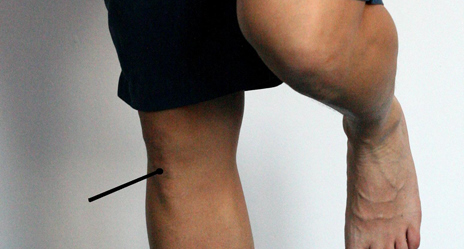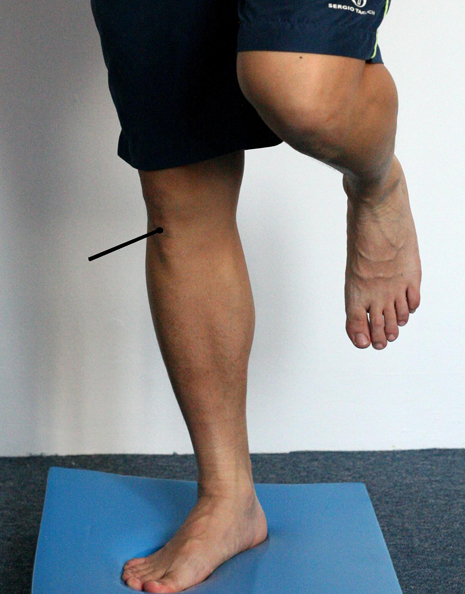For weekend athletes, volleyball may carry the biggest risk of the tendon injury known as “jumper’s knee,” a new study suggests.
Medically known as patellar tendinopathy, jumper’s knee is an overuse injury of the tendon that runs from the kneecap to the shinbone. It typically causes pain below the kneecap, especially when a person is running, jumping or climbing stairs. After it progresses, the pain may become more constant.
The nickname comes from the fact that the problem is common in jumping sports. Studies of professional athletes have found that volleyball, basketball, track and field, and soccer have some of the highest rates — as high as 45 percent in volleyball.
The new study, published in the American Journal of Sports Medicine, gives the first estimates of how common jumper’s knee is among amateur athletes.
Dutch researchers found that of nearly 900 adults who played any of seven recreational sports, volleyball enthusiasts had the highest rate of jumper’s knee. Just over 14 percent either reported symptoms of the injury or said they’d been diagnosed with it.
Next came European handball, with 13 percent of players reporting jumper’s knee, followed by basketball (12 percent), track and field (7 percent), field hockey (5 percent), korfball (5 percent) and soccer (2.5 percent). Korfball is a Dutch sport similar to basketball.
“Jumper’s knee is not uncommon in amateur sports,” lead researcher Dr. Johannes Zwerver, a sports medicine specialist at the University Medical Center Groningen, told Reuters Health in an email.
The relatively high rate in volleyball, Zwerver said, might be related to the combination of repeated jumping, how players land, and the hard playing surface.
There’s anecdotal evidence, he noted, that volleyball players who prefer the beach have a lower rate of jumper’s knee.
Zwerver recommended that people with symptoms of the knee injury see a doctor or physical therapist sooner rather than later.
Jumper’s knee can be difficult to treat, particularly once it becomes chronic — at which point there may be a significant amount of degeneration in the tendon.
Treatment usually involves rest, exercise therapy and, for short-term pain relief, anti-inflammatory painkillers and corticosteroid injections. In some cases of long-term jumper’s knee, a doctor might recommend surgery.
As for prevention, Zwerver said there are no “evidence-based” tactics that studies have established as effective.
But, he added, learning good jumping and landing techniques, along with conditioning exercises to keep the lower-body muscles strong and flexible, may help.
Disclaimer: This article is originally featured on www.reuters.com by Amy Norton and the source of the article is American Journal of Sports Medicine, online July 7, 2011. No copyright violation intended.
(image: 1physiotherapy.com)


